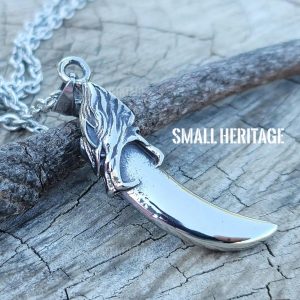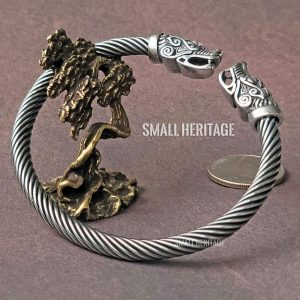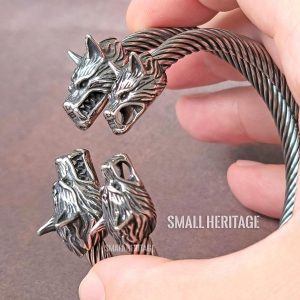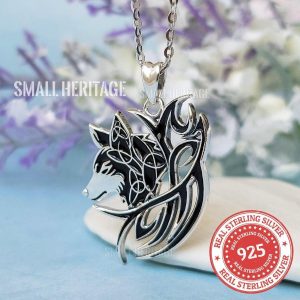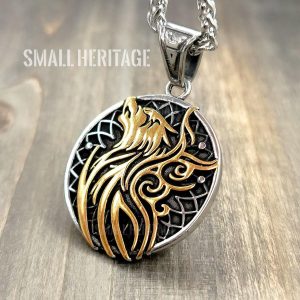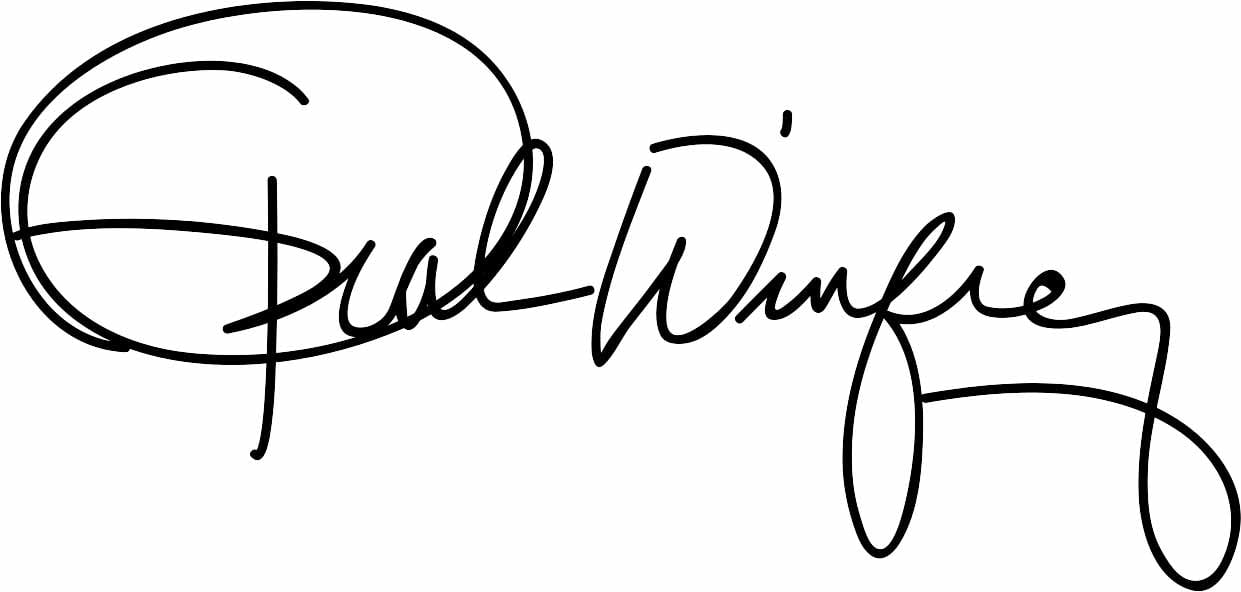Ragnarok, often referred to as the “Doom of the Gods,” is a significant event in Norse mythology that describes the ultimate destruction and subsequent renewal of the world. This cataclysmic series of events includes natural disasters, battles between gods and giants, and the rebirth of the world. The story of Ragnarok is not only a tale of end times but also a narrative of hope and renewal.
The Mythological Background of Ragnarok
In Norse mythology, Ragnarok is a prophecy that foretells the end of the cosmos and the death of many gods, including Odin, Thor, and Loki. The primary sources of this myth are the Poetic Edda and the Prose Edda, which provide detailed accounts of the events leading up to, during, and after Ragnarok.
According to “Norse Mythology: A Guide to Gods, Heroes, Rituals, and Beliefs” by John Lindow, Ragnarok is a culmination of various mythological threads that highlight the Norse understanding of the cyclical nature of the world. For more detailed information about Ragnarok, you can visit the World History Encyclopedia page on Ragnarok.
Key Events Leading to Ragnarok
The onset of Ragnarok is marked by several ominous signs and events. These include the death of the god Baldr, the onset of Fimbulwinter (a series of harsh winters), and the breakdown of social and moral order. These events set the stage for the final battle between the gods and their enemies.
The Death of Baldr
Baldr’s death is a pivotal event that signals the beginning of the end. His death is caused by Loki’s treachery and is seen as the first major loss for the gods. This event is detailed in “The Poetic Edda” translated by Carolyne Larrington.
Fimbulwinter
A prolonged period of extreme winter that lasts for three years, leading to widespread suffering and the breakdown of society. This concept is discussed in “The Prose Edda” by Snorri Sturluson, translated by Jesse Byock.
The Unleashing of Loki and Fenrir
Loki and the monstrous wolf Fenrir break free from their bonds, signaling the start of the final confrontation.
The Final Battle
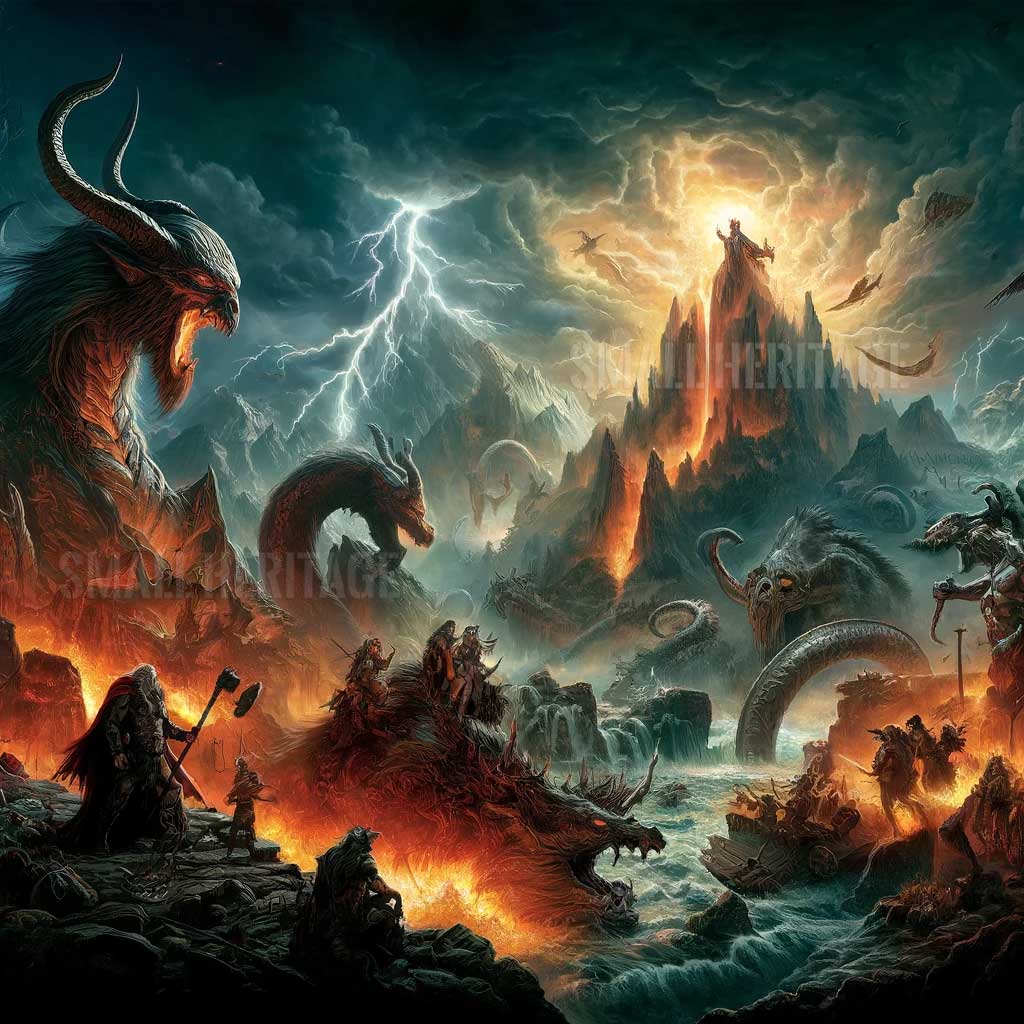
The climax of Ragnarok is the epic battle between the gods (Aesir) and their enemies (giants, Loki, and his offspring). This battle takes place on the plain of Vigrid and results in the death of many prominent gods.
Odin vs. Fenrir
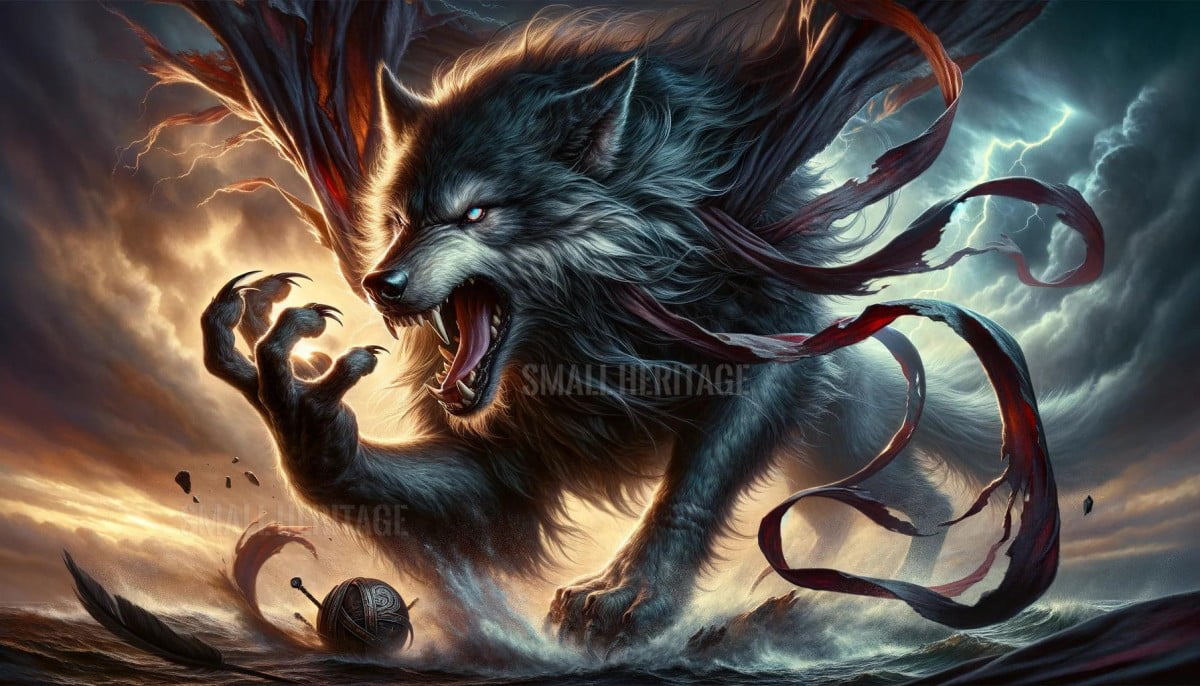
Odin, the chief of the gods, is devoured by Fenrir, the monstrous wolf.
Thor vs. Jormungandr
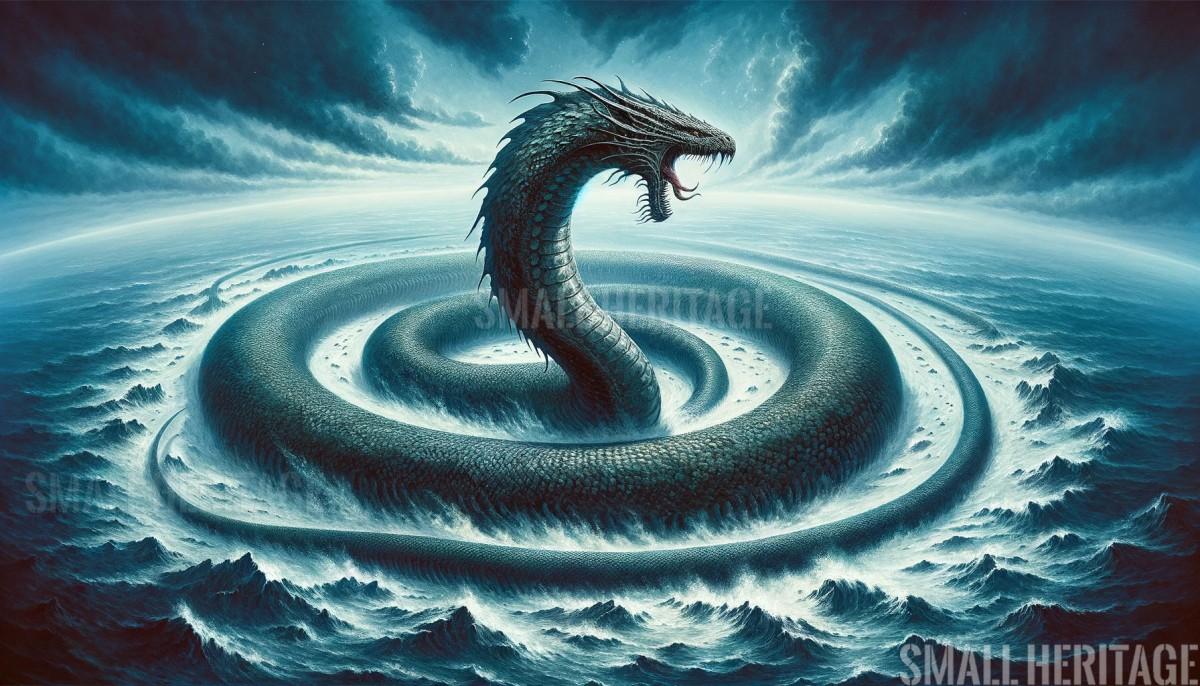
Thor fights the Midgard Serpent, Jormungandr. Though he kills the serpent, he succumbs to its venom.
Freyr vs. Surt
Freyr faces Surt, the fire giant, and is killed in the battle.
Heimdall vs. Loki
Heimdall and Loki engage in a deadly duel, resulting in the deaths of both.
These events are vividly described in “Norse Mythology” by Neil Gaiman, which retells the ancient myths with modern clarity.
The Aftermath: Rebirth and Renewal
Despite the massive destruction, Ragnarok also heralds a new beginning. The surviving gods, including Baldr and Hodr, return from the underworld, and a new world emerges from the chaos.
The Return of Baldr and Hodr
These gods are resurrected and take on leadership roles in the new world.
A New World
The world is reborn, cleansed of its previous corruption, and populated by two human survivors, Lif and Lifthrasir.
John Lindow’s “Norse Mythology: A Guide to Gods, Heroes, Rituals, and Beliefs” also highlights the themes of renewal and hope that are central to the Ragnarok myth.
Ragnarok in Modern Culture
Ragnarok has left a significant impact on modern culture, influencing literature, movies, video games, and even comics. Its themes of destruction and rebirth resonate with many contemporary narratives.
Literature and Comics
The myth of Ragnarok has been retold in numerous books and graphic novels. Neil Gaiman’s “Norse Mythology” is a notable example.
Movies and TV Shows
Films like “Thor: Ragnarok” and TV series like “Vikings” have brought elements of the myth to mainstream audiences.
Video Games
Games such as “God of War” and “Assassin’s Creed Valhalla” incorporate aspects of Ragnarok in their storylines.
Significance and Symbolism
Ragnarok symbolizes both the end and the new beginning. It represents the cyclical nature of time, the inevitable destruction that precedes renewal, and the hope that persists even after total annihilation.
Cyclicality
The end of the old world and the birth of a new one highlight the Norse belief in the cyclical nature of existence.
Hope and Renewal
Despite the destruction, the promise of a new and better world underscores the theme of hope.
The significance of Ragnarok is further explored in “The Viking Spirit: An Introduction to Norse Mythology and Religion” by Daniel McCoy.
Comparative Mythology: Ragnarok and Other End-Time Myths
Ragnarok can be compared to other end-time myths across different cultures, such as the Christian apocalypse, Hindu Kalpa, and the Mayan doomsday. These myths share common themes of destruction and renewal.
Christian Apocalypse
The Book of Revelation describes the end of the world and the final judgment.
Hindu Kalpa
Hindu mythology speaks of cyclical destructions and rebirths.
Mayan Doomsday
The Mayan calendar’s end has been interpreted as a prophecy of global transformation.
Daniel McCoy’s “The Viking Spirit” provides insights into these comparative mythological themes.
Conclusion
Ragnarok is a powerful and enduring myth that encapsulates the themes of destruction, rebirth, and hope. Its narrative has transcended time, continuing to influence modern culture and thought. As we explore the depths of this myth, we uncover timeless truths about the human condition and the eternal cycle of life and death.



